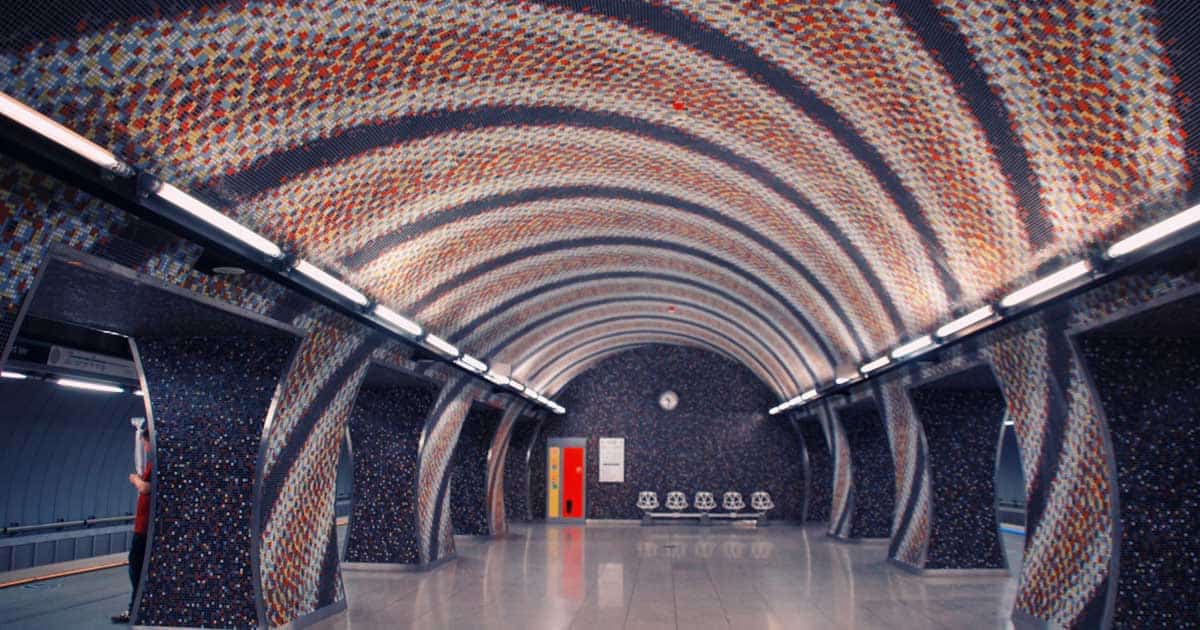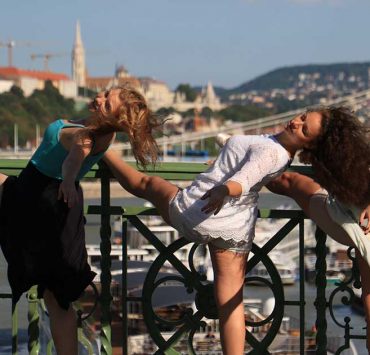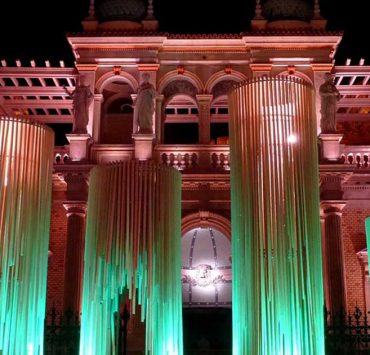The early years of the 21st Century have been an exciting time in Hungary. So many changes, new opportunities and new challenges.
Szilveszter (New Year’s Eve), December 31, 1999, (or, if you prefer, December 31, 2000, since there never was a Year Zero), ushered in a new millennium for the world. And for Budapest, the advancements and opportunities would continue to build on those already experienced during the last decade of the 20th Century.
The 1990s saw the first stirrings of a new Hungarian way of life after the regime change. It was a time for Hungary to begin rebuilding its external facades and to begin formalizing plans for the future. More than a million people lined the banks of the Danube as it runs through central Budapest to watch the fireworks signaling the start of a new year, a new millennium and a new future for our city. And the changes that have taken place in the first one-and-a-half decades of the new century have truly been astounding.
21st Century in Hungary: physical changes
The renovations of the city’s physical parts began almost as soon as the fireworks died down. The last three decades of the 19th Century, known as the Gründerzeit era, filled the streets of the country’s capital with the loud noises of construction everywhere in the city, and the early 2000s competed with their own clatter and clangor of new construction.

As a result, the physical changes have been significant. So much has been renewed and restored and renovated, and from the day Hungary joined the European Union in 2004, even more has been accomplished at a fantastic pace. The neo-Gothic Parliament building was scrubbed clean and a newly-designed square showcased this magnificent building.
A long, pedestrian-friendly street between Kálvin Tér and Szabadság Tér was completed, affording shoppers and strollers new chances to enjoy our beautiful city. Many of the city’s outdated and neglected parks and squares were completely renovated and beautified, bringing back memories of days gone past when Budapest really was The Pearl of the Danube.
21st Century in Hungary: gastronomy
And speaking of pearls, the entire field of Gastronomy has virtually exploded in Budapest since the year 2000. More varied international foods are available and new restaurants open every year; many of them make it, a few don’t, but the main thing is that Hungarians and visitors alike are exposed to more and different foods of all kinds. And the ones that do make it now include at least three Michelin star restaurants. How about that?!
21st Century in Hungary: Hungarian movies
The Hungarian movie industry continues its climb up the ladder of success and recognition. The movie Son of Saul won an Oscar, as did the little short movie Sing (Mindenki). More and more movies are filmed in Budapest every year, as this lovely city doubles for nearly every European city on the continent. In addition, Hungary’s classical music scene, operas and other arts gain more recognition each year, especially with the construction of new museums and exhibit halls and with renovation of old favorites, including the Opera House.

21st Century in Hungary: Budapest’s public transportation
Budapest’s public transportation also continues to be upgraded. Old lines are being renovated every year as new rolling stock replaces old. Metro stations are modernized and cleaned up on an ongoing basis. Tram lines and cars are always undergoing refurbishment and replacement, and even the tram stops are being improved and made safer and more attractive. And, of course, we also have an entirely new metro line, Metro 4. No need for an automobile if you live in Budapest.

21st Century in Hungary: Hungarian sport
In the sports arenas, Hungarian athletes are always near the top. Olympic events, such as water polo, swimming, diving, kayaking and archery are filled with medal-winning Hungarians, and the country also placed in the top ten medal winners in the 2017 FINA championships.
21st Century in Hungary: beautification
The beautification of Budapest, coupled with the increase in hotel rooms, has also brought more tourists from around the world. Budapest is now among the top 25 cities to visit worldwide and was even named the Most Welcoming City in Europe. Additionally, Hungary’s economy continues to grow and expand with the influx of more and new multi-national companies
It’s been an amazing time from the beginning of the new millennium, for Budapest and for Hungary. For a look at what the future holds, be sure and read our article on Guess What’s Happening in Budapest?





